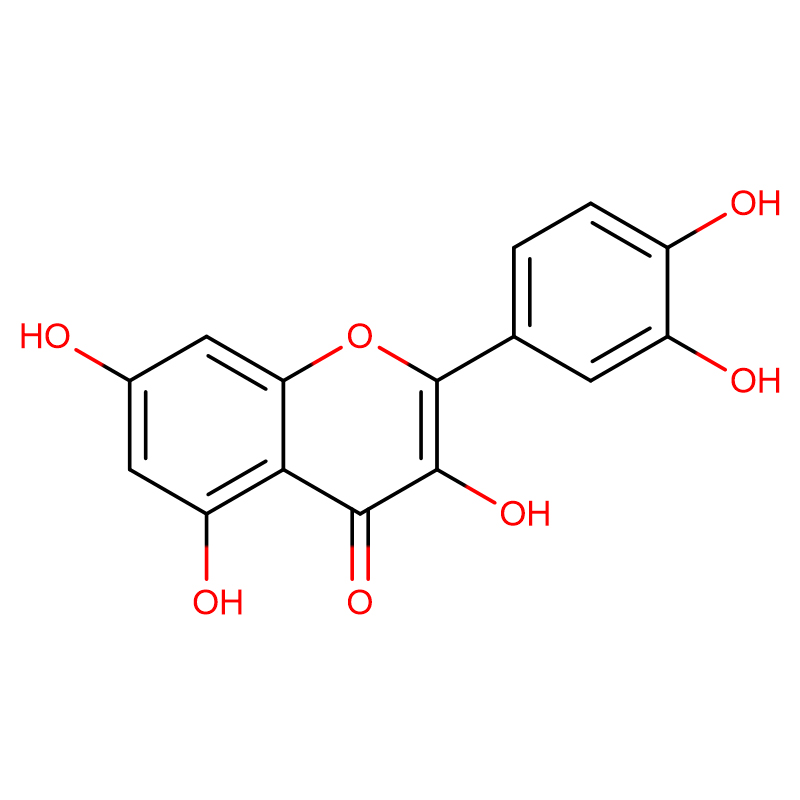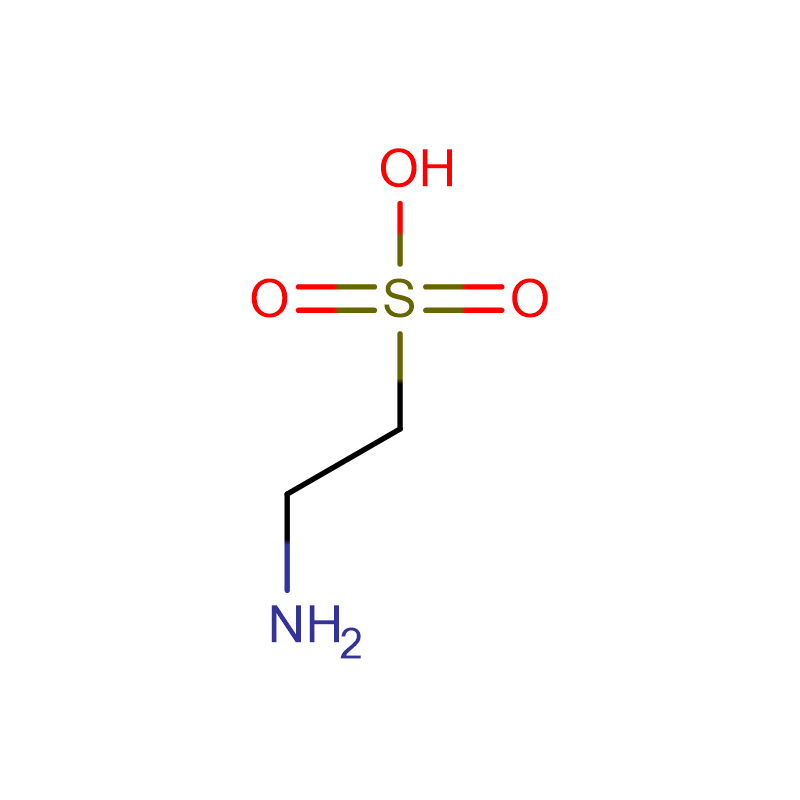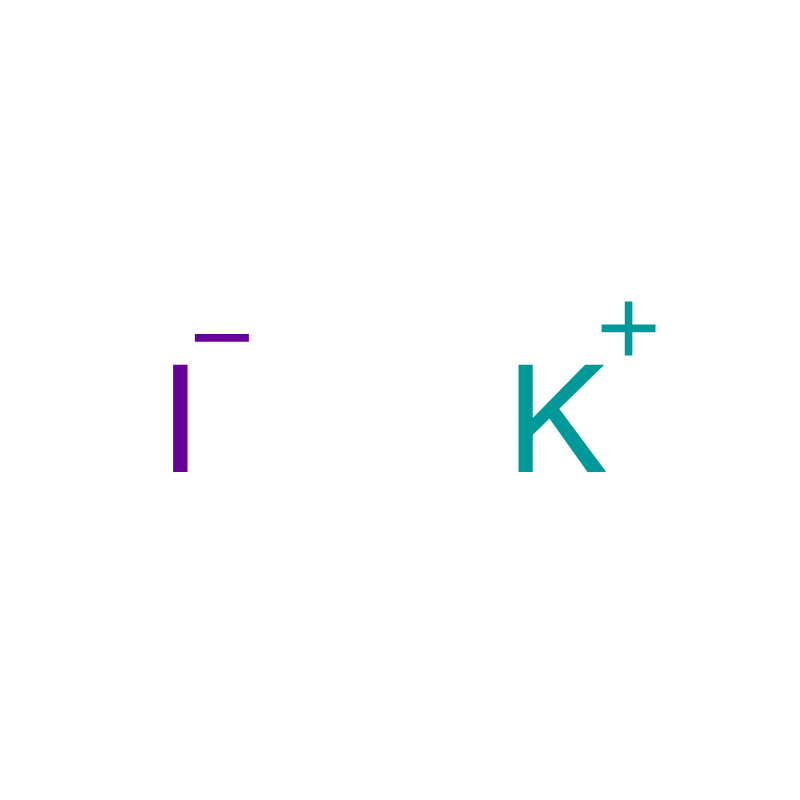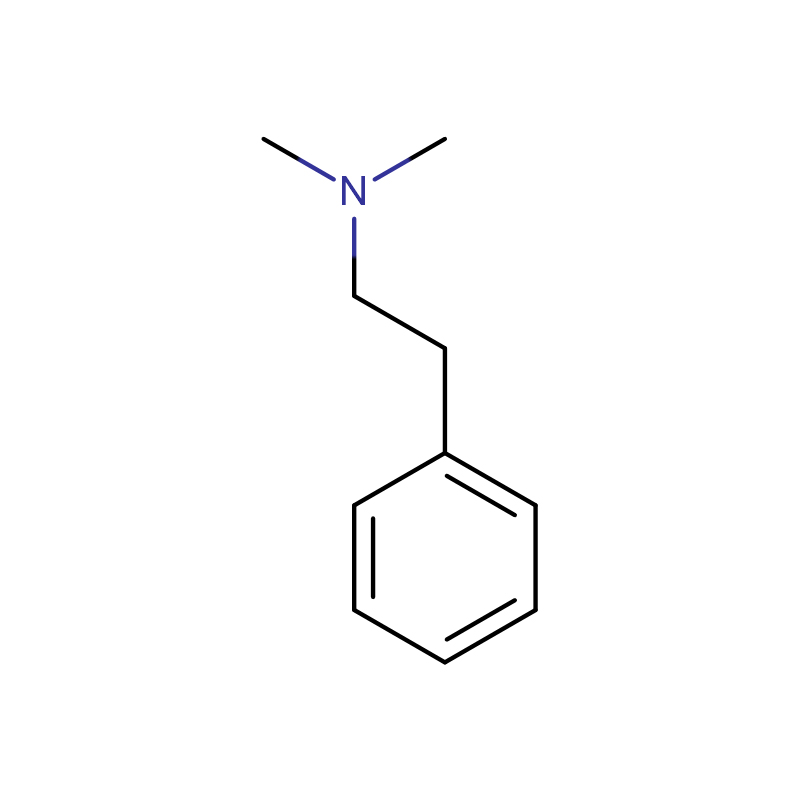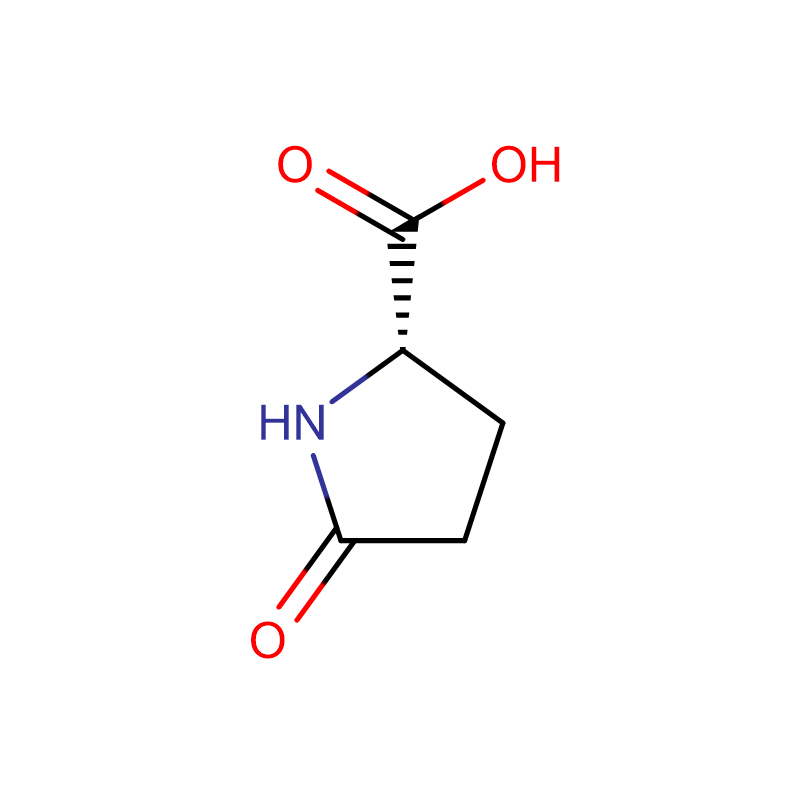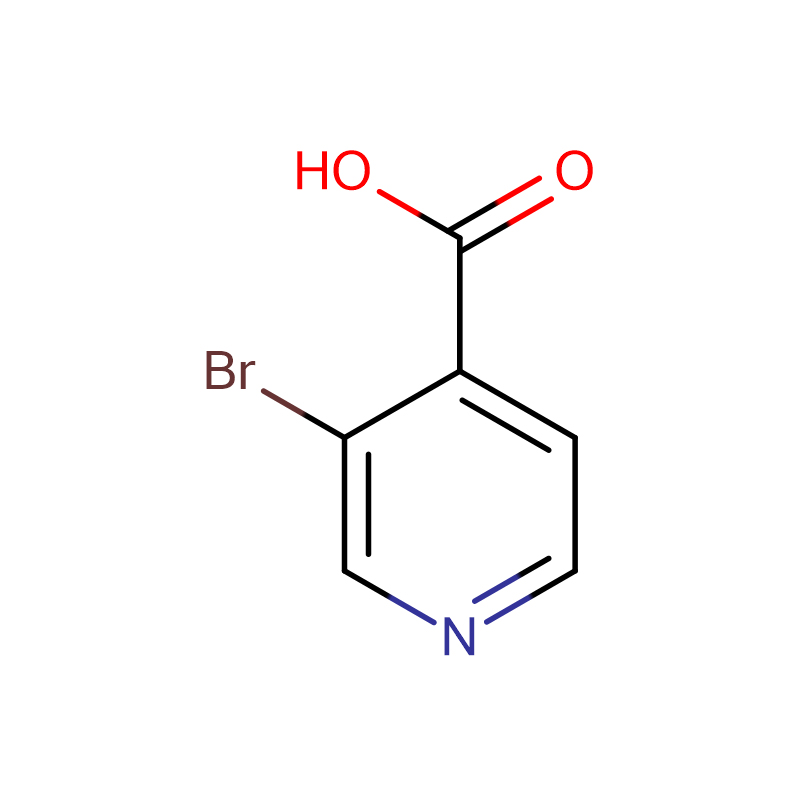Quercetin Cas:117-39-5
| Catalog Number | XD91216 |
| Product Name | Quercetin |
| CAS | 117-39-5 |
| Molecular Formula | C15H10O7 |
| Molecular Weight | 302.24 |
| Storage Details | Ambient |
| Harmonized Tariff Code | 29329900 |
Product Specification
| Appearance | Yellow powder |
| Assay | 99% min |
| Ash | 3% max |
| AS | 2ppm max |
| Total plate count | 1000 cfu/g max |
| E.Coli | Negative |
| Salmonella | Negative |
| Pb | 3ppm max |
| Cd | 1ppm max |
| Loss on Drying | 5.0% max |
| Mesh size | 100% pass 80 mesh |
| Heavy Metal | 10 ppm max |
| Yeast and Mould | 100 cfu/g max |
Threevein Aster is a Chinese herbal medicine and used in Jiangxi province, China, for more than 30 years. Its plant name is three veins Mala, Compositae. It is rich in drug sources, which can be found in Southern provinces of China. Clinical practice proved that it has significant anti-inflammatory and expectorant effects, and it is a good prescription for the treatment of elderly chronic bronchitis.
Funcation
Since the first clinical phase I trial of quercetin in 1996 found that it had antitumor activity, quercetin has also been reported in early clinical trials of cardiovascular disease, diabetes, and other diseases. However, there is still insufficient evidence shown that quercetin has a significant effect on the treatment of the disease in clinic.The US FDA has issued a warning, emphasizing that quercetin is not a definite nutrient, unable to determine its content in the diet, nor can it be used as a drug.
China's Threevein Aster consists of a single Chinese herb, which was released by the Pharmacopoeia of the People's Republic of China (1977) Part I. One of the main active ingredients obtained following the hydrolysis of Threevein Aster is quercetin, which has the function of relieving cough and eliminating phlegm and can be used for the treatment of chronic bronchitis. The anti-inflammatory effect of Threevein Aster is poor. Side effects after use include stomach discomfort, dizziness, and abdominal pain, while withdrawal can make them disappear.


